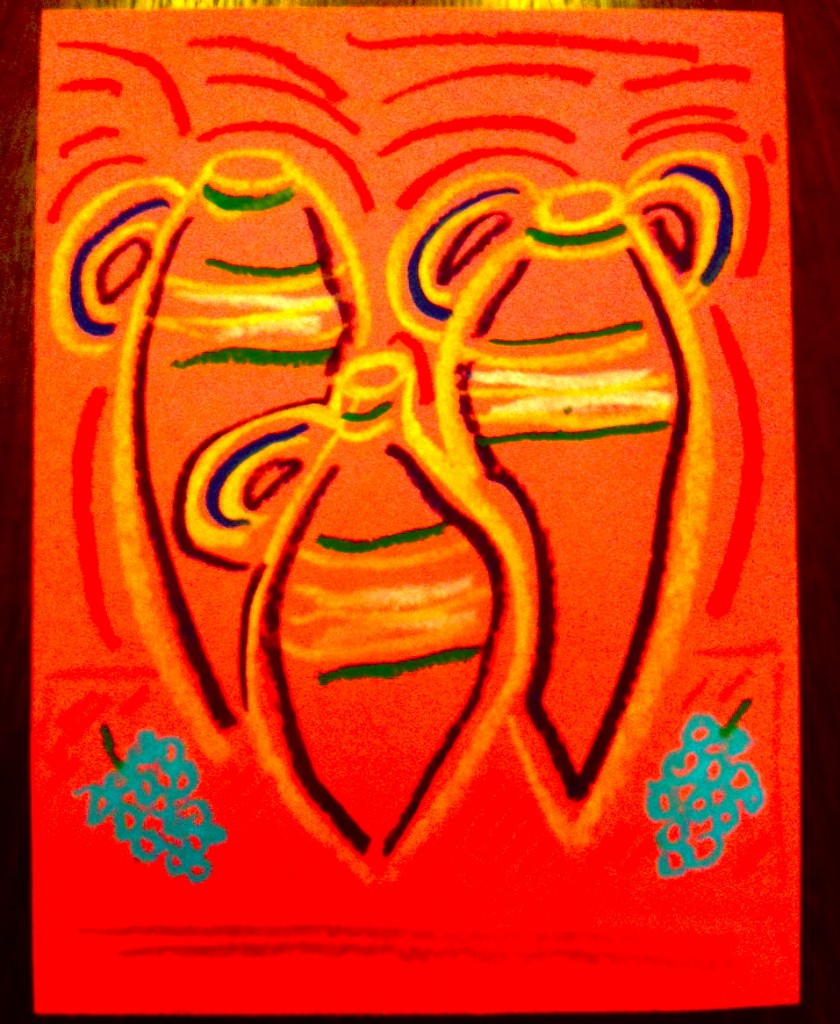What will teach us to write?
“The page, the page,” says Annie Dillard in The Writing Life.
I concur, but there are two pages that teach us to write, the blank page which we (I paraphrase Annie Dillard) cover with our scribble knowing that we ruin whatever we touch but touching it nonetheless . . .
and the beloved page in the books we read, a page covered by someone else’s hard work and words, a meeting place and playground for the imagination of reader and writer both.
When I teach my writing craft class, I begin, usually, with a question. How does dialog work? How is character built? How is setting used to convey emotion?
What I am looking to for answers are sentences. (“Do you love sentences?” the older writer asks the wannabe in The Writing Life, and the astonished beginner replies, “Sentences? Do I love sentences?” Dillard likens this to the painter who began because he loved the smell of paint.)
In the course of studying through this technique, first as a student of the phenomenal late Stephanie Moore and then as a teacher, I have learned a great deal. I have, for instance, come to understand the layered implications of John Gardner’s exercise about writing from the point of view of an old man whose son has just been killed at war. The assignment is to describe the lake he looks upon without mentioning the son or death or war.
What I know now that I did not know when I picked up The Art of Fiction in my late teens or early twenties is that setting conveys mood and emotion. Just as how we see the world is impacted by our own mood and views, so too how our characters see the world delivers to us their moods and views.
This is no hammy, overdone catastrophe of description but subtle. My admiration for the reader, for the human ability to understand gesture, action and description, increases. The writer’s task is to believe in the reader and in these abilities, to trust the human instinct to understand and then to create a true world (fictional or no) for the reader to examine and come away from, moved.
Here, then, is an example from p. 119 of Thaisa Frank’s wildly imaginative and plainly true collection Enchantment:
“They always had the same argument. He wanted to camp in a cornfield; she said they might get shot. He helped himself to a dozen Meyer lemons; she said, Oh my God, no, they don’t belong to us.”
What I love here is that a generalized statement (They always had the same argument.) is followed by concrete examples—the cornfield, the lemons. We are left to intuit the differences between the two characters, the sameness of the argument. And we do! We understand text and subtext—how lemons and cornfields can amount to the same argument. Character comes alive in the specific examples and the reader becomes engaged in the tension between the generalized statement and the examples.
Now, how to imitate this usefully? Perhaps you are inspired by the juxtaposition of a general claim with specific examples that do not themselves illustrate the claim. That is, you make the reader work, make the reader draw the connection.
Incidentally, this is not a strategy to make the reader work, in practice, but instead is the result of staying close to the character’s point of view. She feels that they always have the same argument. They had it here, about the cornfield camping, and here, about the lemons. Staying in her point of view, no explanation is necessary.
So you might try staying close to the character’s point of view, explaining nothing, leaping from premise to examples, allowing the gaps.
Juxtaposition is a technique I find again and again in powerful writing. He wants this; she says this. He does this; she says this. Contrast, in desire, in action, in commentary. You might play with that.
What I always tell my students is this: just write. If I am discussing juxtaposition and you are inspired by the noun Meyer lemon, go with that. There is, in writing, the impulse to create and the resistance to create, and if you aim the resistance at a teacher instead of yourself, you can often escape out of the gate and get going faster. I’m not going to do that, you say, I’ll do this instead. And you’re off . . .
Imitation moves us out of our groves. We take with us our own content and habits, but we stretch. The results are remarkable. Even my published students are excited by the work, inspired by the exercises and by the remarkable writing they turn out in response. Try this at home.
Feel free to post here and I’ll comment on some of the examples.
What would you write that borrowed some of the techniques from this entertaining paragraph by the marvelous Thaisa Frank?
By the way, Thaisa Frank will be visiting the members of the Book Writing World on Thursday, Sept. 6. If you are joining us this quarter, join before then to receive your invitation to this special event.



0 Comments